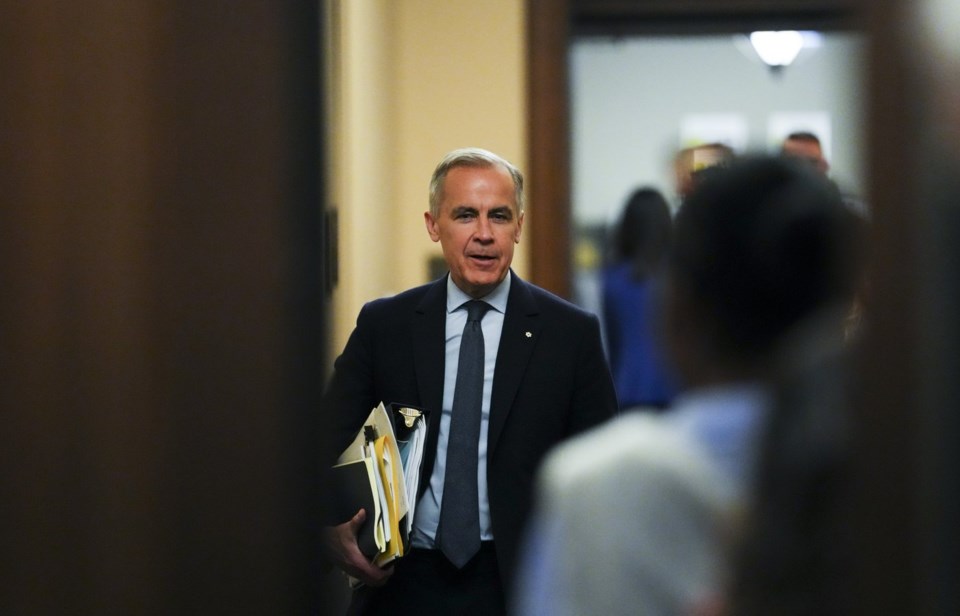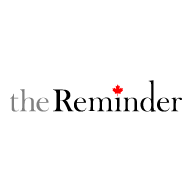OTTAWA — The government's reply to the throne speech was adopted in the House of Commons Wednesday.
It was adopted "on division," meaning no recorded vote was held. It does not need a vote in the Senate.
Leader of the Government in the House of Commons Steven MacKinnon said on social media that the adoption of the speech sets the stage for a "strong and focused agenda."
"We have a clear mandate to deliver on priorities for Canadians and build a strong Canada — and we're going to do just that," MacKinnon said.
Earlier Wednesday, interim NDP Leader Don Davies said New Democrat MPs would vote against the government's throne speech.
After a caucus meeting, Davies said that 1.2 million Canadians sent New Democrats to Parliament to advocate for working families and those priorities aren't reflected in the speech.
Davies said the speech offers few details about the government's plans for health care and housing.
MacKinnon said the vote on the throne speech was a confidence matter, which means it was the first real test of Prime Minister Mark Carney's government.
If the government loses a confidence vote, it's defeated — which can lead to a snap election.
Davies said that while Canadians don't want an election right now, his party was taking a "principled approach."
"It's a clear message that this throne speech is not a worker-centric throne speech," he said. "We can't support a throne speech that so badly misses the mark in terms of the economic and social policies that people need in this country."
MacKinnon said before the Liberal caucus meeting on Wednesday that the caucus was confident the throne speech would pass.
He would not say if his party had secured the support of other parties, referring questions directly to those parties.
He said that while the Liberals have a minority government, they also have a mandate to deliver for Canadians.
The Conservatives did not say how the party would vote.
In the House of Commons Wednesday, during a debate on the reply to the throne speech, Green Party Leader Elizabeth May said she would vote in favour of the speech.
May said she agreed with the major theme of the speech — building a stronger Canada — but said it lacked details and only mentioned climate change in "passing references."
The Liberals lost a vote Monday evening when opposition members successfully amended the reply to the throne speech to call on the government to table an economic update before Parliament breaks for the summer. That vote was not a matter of confidence.
Government whip Mark Gerretsen insisted that nothing went wrong with that vote, despite the Liberals losing it 166 to 164.
The throne speech focuses heavily on building up the Canadian economy by fast-tracking projects the government considers to be in the national interest, and moving faster to build new homes.
Opposition party leaders say the speech is vague, relies too much on slogans and doesn't explain how the government plans to scale back its spending.
The minority Liberal government has 169 MPs, including House Speaker Francis Scarpaleggia — who does not vote, except in the event of a tie.
Without a majority, the Liberals have to work with other parties to pass legislation and survive confidence motions.
The NDP, which had a supply-and-confidence agreement with the previous Liberal government, has said it will not enter a formal arrangement to support Carney's government. The NDP was reduced to seven MPs in the recent election but could still hold the balance of power.
— With files from David Baxter
This report by The Canadian Press was first published June 4, 2025.
Catherine Morrison, The Canadian Press




